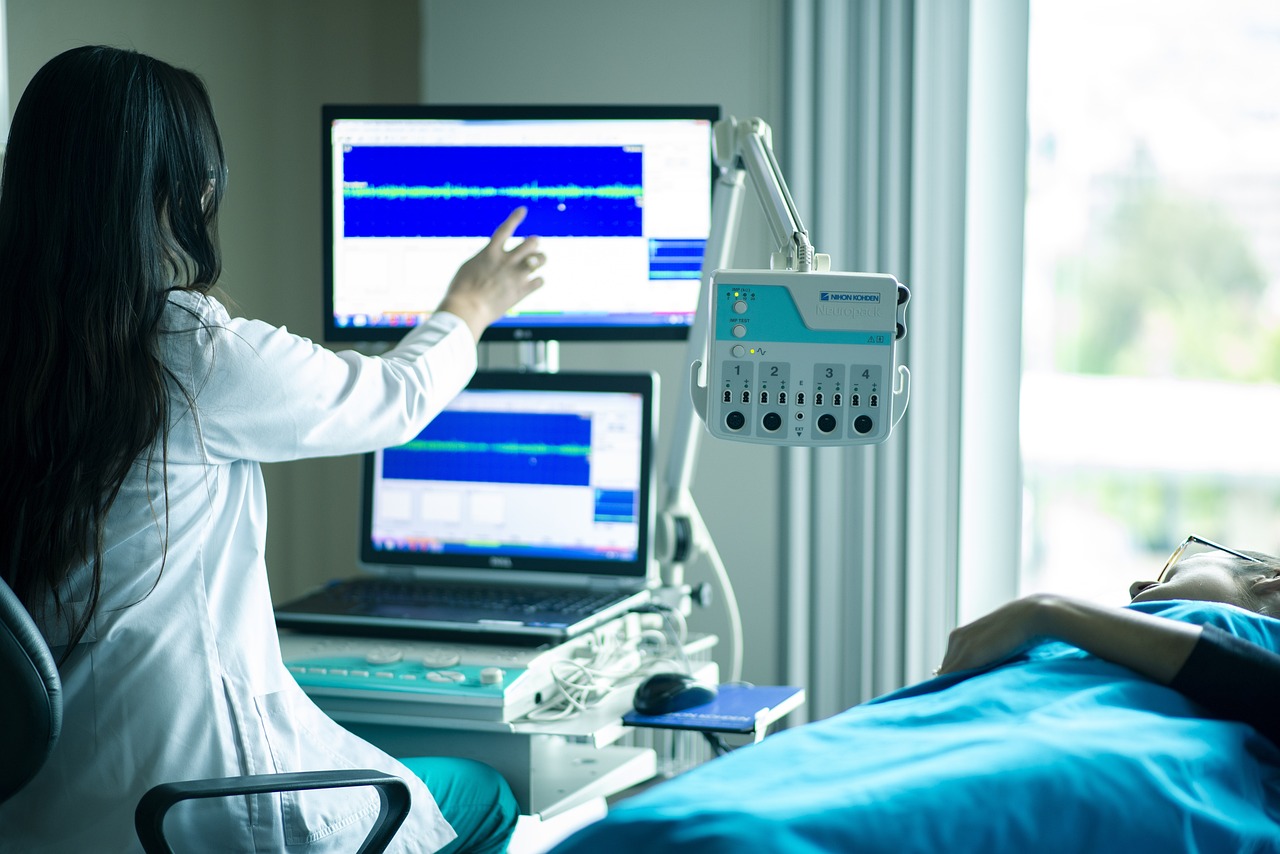In today’s rapidly evolving world, technology continues to break new ground in areas once thought impossible. One such realm is healthcare, where machine learning (ML) techniques are emerging as transformative tools in the quest for accurate and timely medical diagnoses. Let’s take a journey into the heart of this cutting-edge field, exploring how these innovations are shaping a brighter future for patients and practitioners alike.
The Personal Touch of Supervised Learning
Imagine a world where every patient receives a diagnosis tailored precisely to their unique circumstances. Thanks to supervised learning, this vision is becoming a reality. By analyzing vast datasets of labeled medical information, algorithms can now sift through symptoms, medical histories, and test results to identify patterns and make accurate predictions.
Take, for example, the case of cancer diagnosis. With the help of classification algorithms, doctors can now differentiate between different types of cancer with unprecedented accuracy, guiding treatment plans and offering hope to patients and their families.
Unleashing Unsupervised Learning’s Hidden Gems
In the vast landscape of medical data, not all insights are immediately apparent. That’s where unsupervised learning comes into play, illuminating hidden connections and uncovering novel perspectives. By delving into unlabeled datasets, algorithms can identify clusters of patients with similar characteristics, shedding light on previously unrecognized disease subtypes.
Consider the impact on treatment decisions. By revealing distinct patient populations, clustering algorithms empower clinicians to tailor interventions more precisely, ensuring that each patient receives the care best suited to their individual needs.
Deep Learning: A Window Into the Future
As technology marches forward, so too does the sophistication of machine learning techniques. Deep learning, with its multi-layered neural networks, offers a glimpse into the future of medical diagnosis. By harnessing the power of artificial intelligence, these models can analyze complex data types such as medical images and patient records with unparalleled accuracy.
Picture a scenario where radiologists are aided by convolutional neural networks (CNNs) in interpreting X-rays and MRI scans. These AI-powered assistants can detect subtle anomalies that might escape the human eye, enabling earlier detection and intervention for conditions ranging from fractures to tumors.
Real-World Applications: From Hope to Healing
The impact of machine learning in healthcare extends far beyond the realm of theory. In hospitals and clinics around the world, these innovations are making a tangible difference in the lives of patients. From aiding in disease diagnosis to facilitating personalized treatment plans, ML techniques are revolutionizing every aspect of healthcare delivery.
Consider the story of Sarah, a breast cancer patient whose journey took a dramatic turn thanks to machine learning. By analyzing her medical history and genetic markers, doctors were able to tailor a treatment plan specific to her unique condition, offering hope where once there was uncertainty.
Conclusion: A New Era of Possibility
As we stand on the threshold of a new era in healthcare, the potential of machine learning to transform medical diagnosis is boundless. From enhancing accuracy and efficiency to personalizing treatment strategies, these innovations hold the key to a future where every patient receives the care they deserve.
Yet, as with any advancement, challenges lie ahead. Ethical considerations, data privacy concerns, and the need for regulatory oversight must all be carefully navigated to ensure that machine learning remains a force for good in the world of healthcare.
In the end, it is not just about the technology itself but the human stories it enables—the lives saved, the futures changed, and the hope restored. As we continue to harness the power of machine learning for healthier lives, let us never lose sight of the human element at the heart of it all.

